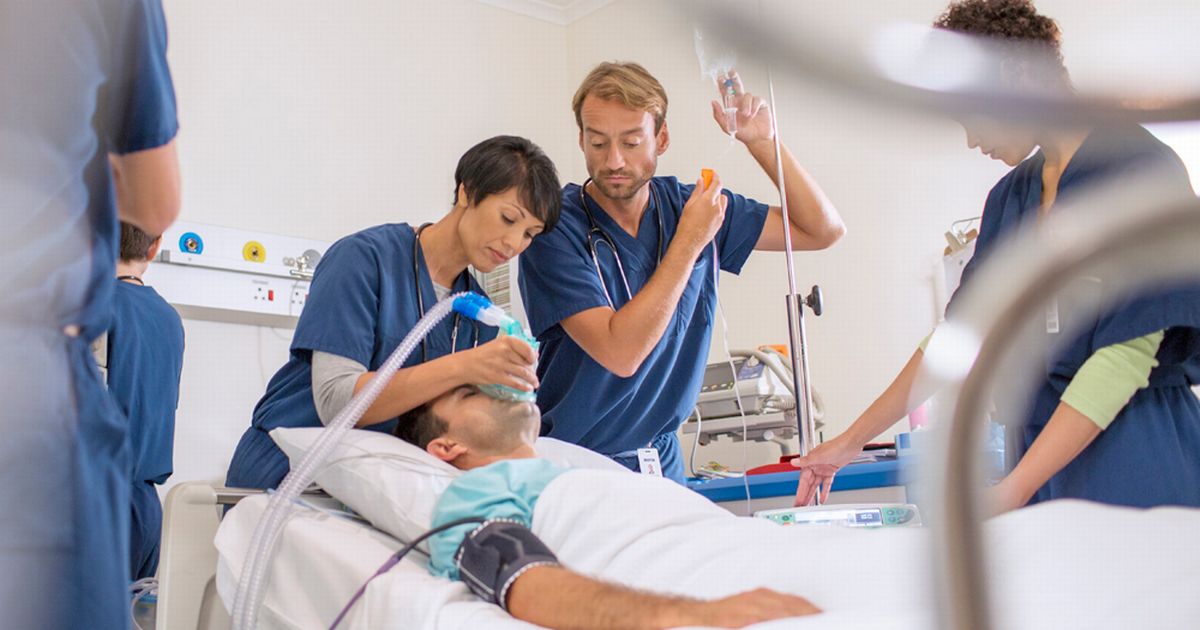Signs And Symptoms Of Leptospirosis
Leptospirosis, also known as rat fever, is caused by bacteria known as leptospira. This disease is usually transmitted from animals to humans by bacteria in urine and other bodily fluids. Transmission doesn't have to happen directly; it can also come through food or water contaminated by animal urine. Floodwater can also spread leptospira to large numbers of humans. Animals that typically host leptospira include rodents, cows, dogs, pigs, and horses. Generally, animals are not affected by this bacteria. For humans, however, it can cause a wide range of problems. Untreated leptospirosis can lead to a host of disorders, including kidney disease and meningitis. Read on to understand some common symptoms of leptospirosis.
A Headache

Leptospirosis can occur in phases. During the first phase, headache or neuralgia is one of the most common symptoms. Of course, many individuals get headaches every day, so pay attention to your symptoms. If a headache is accompanied by fever, chills, muscle aches, and vomiting or diarrhea, see a doctor. Leptospirosis can safely be treated with antibiotics, but untreated it can be deadly. This disorder may also seem to clear up, but then return. The second phase is more dangerous than the first, so if you have a recurrence, pay attention.
Keep reading to get familiar with more leptospirosis symptoms.
High Fever And Chills

One of the most characteristic symptoms of leptospirosis is a high fever. Chills often accompany this as the body struggles to rid itself of excess heat. Because it's a zoonotic disease, individuals who work with animals are at greater risk of developing leptospirosis. Workers including farmers, veterinarians, vet techs, and butchers should take any symptoms, including a high fever and chills, seriously. Disaster response workers and military personnel should also be aware of this. High fever and chills should be monitored carefully as they are two of the most dangerous aspects of leptospirosis.
Get to know more symptoms of leptospirosis now.
Jaundice

Jaundice refers to a yellowing of the skin and should always be taken seriously. It typically indicates something is badly wrong in the body. Either red blood cells are being broken up too frequently, or there may be an issue with the kidney or liver. In leptospirosis, the issue is usually found in the liver. The death of cells, known as cellular necrosis, means the liver can no longer do its job properly. Waste products build up and can't be cleared by the body anymore. Jaundice may be accompanied by swelling, or edema, and unusually dark urine, which is a severe sign of trouble.
Continue to discover more leptospirosis symptoms now.
Muscle And Joint Pain

Muscle and joint pain are common in individuals who do physical work, like farmers, veterinarians, and military personnel. So at what point does this pain become a symptom of leptospirosis? When leptospirosis is the underlying cause, pain is typically concentrated in the calf muscles and lower back. The muscles will not only be achy, but they will also be unusually tender. If you see this symptom in combination with others, particularly eye redness, is a good tip-off leptospirosis may be present. Another indicator is the characteristic rash, which can cover whole limbs and is made up of small pink or red spots.
Unveil more symptoms of leptospirosis now.
Pulmonary Hemorrhage

Pulmonary hemorrhage can be deadly in up to seventy-five percent of cases. As such, it's important to get treatment before leptospirosis advances to this stage. This symptom involves breathing difficulty. When medical professional listens to the lungs of a patient with leptospirosis, they will hear a crackling sound. When the condition reaches this level, pulmonary hemorrhage is often accompanied by sepsis. Sepsis, too, can be deadly. It's crucial that at this stage, this condition is treated in a hospital. In fact, many leptospirosis patients have to be moved from local hospitals to regional or university hospitals. Knowing the signs of leptospirosis and seeking treatment early are key to preventing this type of hemorrhage.